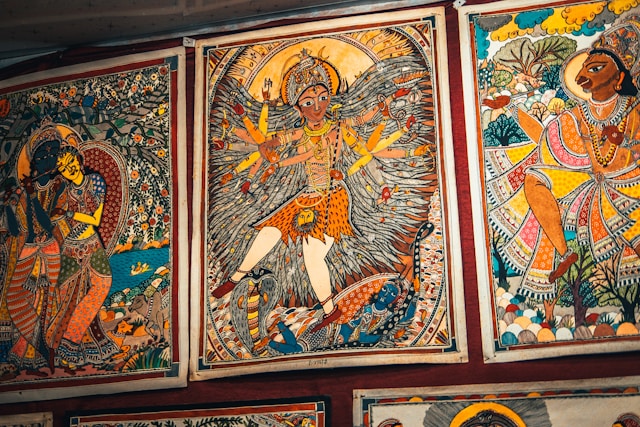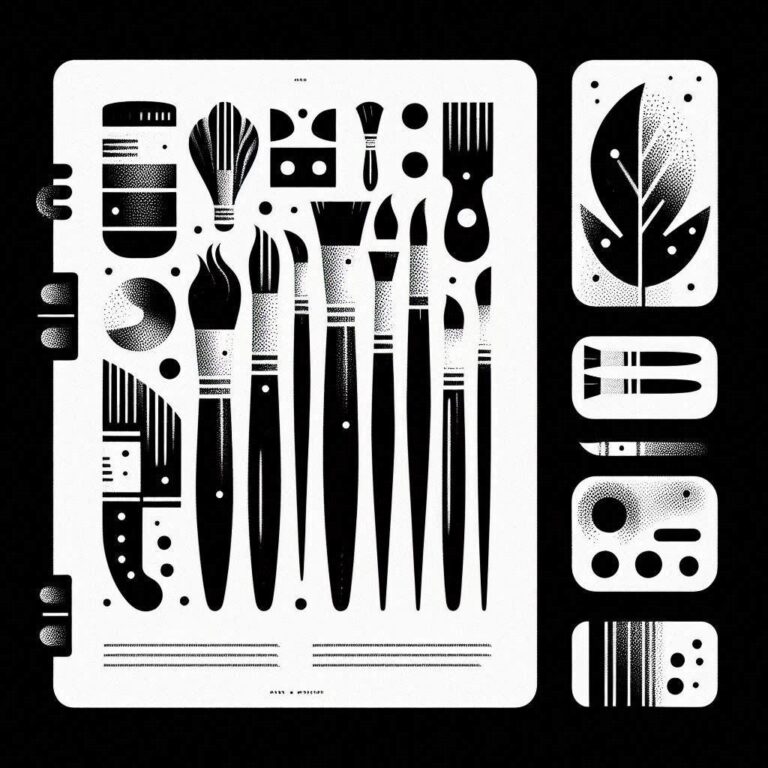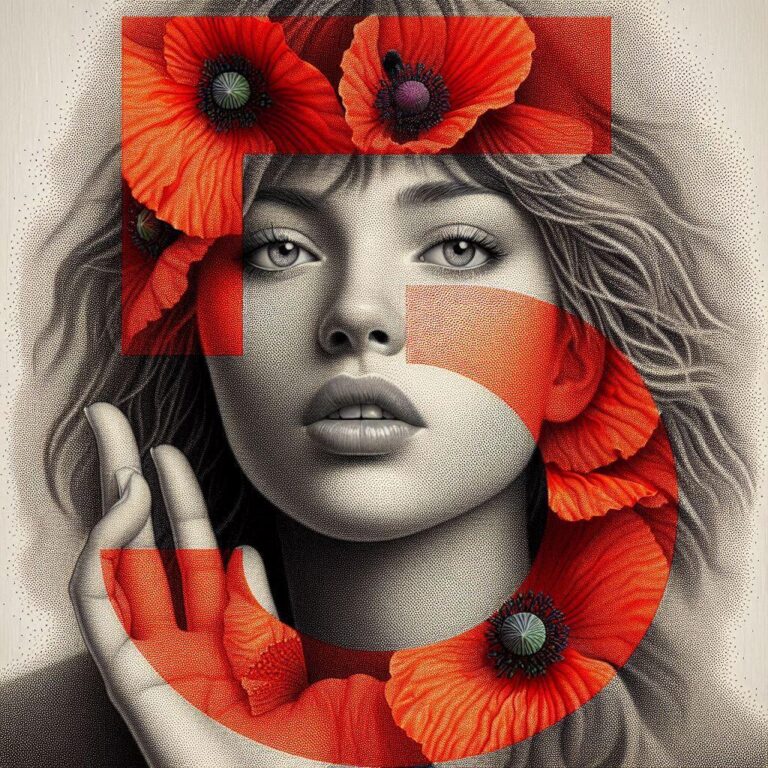
Title: A Journey Through Indian Art: From Ancient Marvels to Modern Expressions
Introduction:Indian art is a tapestry woven with threads of history, culture, and creativity. From the intricate carvings of ancient temples to the vibrant canvases of
Introduction: Indian art has a rich and diverse history that spans thousands of years, reflecting the cultural influences and historical events that have shaped the subcontinent. From the ancient Indus Valley civilization to the modern post-independence era, Indian art has undergone a significant evolution. In this comprehensive guide, we will explore the different time periods of Indian art, examining the key artistic styles and techniques that developed during each era.
elements of traditional Indian art with contemporary styles, leading to the emergence of a new generation of artists. This led to the development of a new art movement, which came to be known as the Indian modern art movement. This movement rejected the traditional forms of Indian art and adopted a more Westernized approach. Famous Indian modern artists include the likes of M.F. Husain, S.H. Raza, and Tyeb Mehta. These artists, along with many others, have contributed to the development of Indian art in the 20th century, making it a vibrant and diverse field with a wide range of styles and techniques.
Table: Key Artistic Styles and Techniques of Indian Art
| Time Period | Key Artistic Styles and Techniques |
|---|---|
| Ancient Indian Art | Bronze and stone sculpture, religious art, temple architecture, narrative art |
| Medieval Indian Art | Temple architecture, elaborate ornamentation, miniature painting, Mughal painting |
| Modern Indian Art | Western techniques, contemporary styles, Company painting, Indian modern art movement |
Q: What is the Indus Valley Civilization known for?
A: The Indus Valley Civilization is known for its sophisticated urban planning, intricate seals and figurines made of bronze and stone and advanced drainage systems.
Q: What is the Gupta period known for?
A: The Gupta period is considered a “golden age” of Indian art and saw the development of a highly refined and naturalistic style in sculpture and painting. Famous examples of Gupta art include the Ajanta caves and the Mathura school of sculpture.
Q: What are some key artistic styles and techniques of medieval Indian art?
A: Some key artistic styles and techniques of medieval Indian art include temple architecture, elaborate ornamentation, miniature painting, and Mughal painting.
Q: What are some key artistic styles and techniques of modern Indian art?
A: Some key artistic styles and techniques of modern Indian art include the incorporation of Western techniques and styles of art, contemporary styles, Company painting, and the Indian modern art movement.
Indian art has a rich and diverse history that spans thousands of years, reflecting the cultural influences and historical events that have shaped the subcontinent. From the ancient Indus Valley civilization to the modern post-independence era, Indian art has undergone a significant evolution. In this comprehensive guide, we have explored the different time periods of Indian art, examining the key artistic styles and techniques that developed during each era. We hope that this guide has provided a deeper understanding and appreciation for the rich history and evolution of Indian art.

Introduction:Indian art is a tapestry woven with threads of history, culture, and creativity. From the intricate carvings of ancient temples to the vibrant canvases of

introduction Choosing the right painting brush size is essential for unleashing your artistic potential. However, understanding the dimensions and comparing different brush sizes can be

Are you ready to take your art to the next level? Hyperrealistic drawing is a technique that can help you create stunning works of art

© Copyright 2024 Chromadec.com